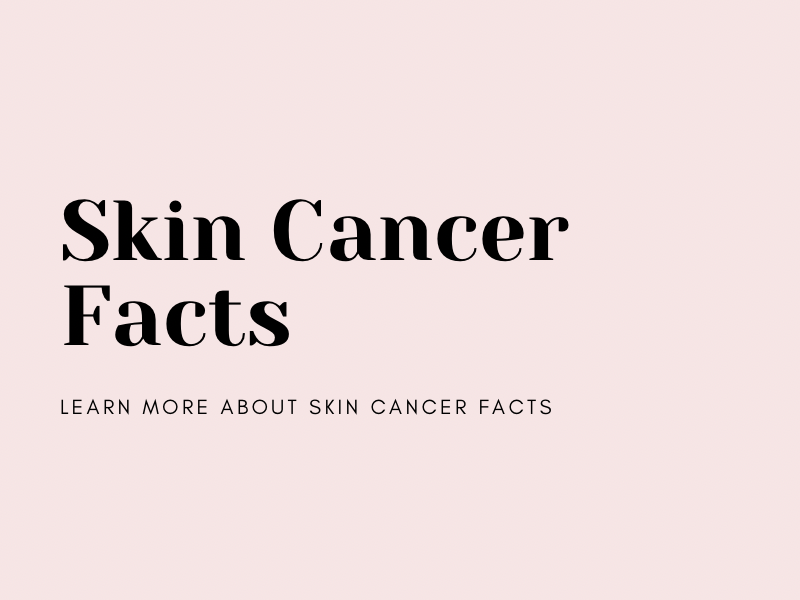Skin Cancer in Kenya:
Due to Kenya’s high altitudes and close proximity to the equator, it is closer to the sun and has a year-round warm climate. The closer you are to the sun, the less protection you have from the sun’s UV rays. People in Kenya spend more time outside because of how warm it is all year long and because the temperatures are warmer, you will be more likely to wear less clothing such as shorts, tank tops, etc. When you consider all of these factors, people who live in Kenya are at a higher risk for cancer than most people who live in other parts of the World.
Skin Cancer Facts
More people are diagnosed with skin cancer each year than all other cancers combined.
One in five Kenyans will develop skin cancer by the age of 70.
The diagnosis and treatment of nonmelanoma skin cancers in Kenya increased by 77 percent between 1994 and 2014.
In the past decade (2008 – 2018) the number of new melanoma cases diagnosed annually has increased by 53 percent.
An estimated 178,560 cases of melanoma will be diagnosed in Kenya in 2018. Of those, 87,290 cases will be in situ (noninvasive), confined to the epidermis (the top layer of skin), and 91,270 cases will be invasive, penetrating the epidermis into the skin’s second layer (the dermis).
Only 20 to 30 percent of melanomas are found in existing moles, while 70 to 80 percent arise on apparently normal skin
Actinic Keratosis (AK)
Actinic keratosis – also known as AK — is a pre-cancerous condition that presents as small patches on areas of the skin that have been heavily exposed to the sun. AKs are the precursor lesion for squamous cell carcinoma. These patches may be red, rough, flaky, scaly or even appear as sores. Chances of developing the condition increase with age and sun exposure. Although AK can occur anywhere on the body, the head, neck, arms, hands and lower legs are most likely to be affected. Treatment options can help destroy pre-cancerous cells without harming healthy tissues.
PDT, photodynamic therapy, uses a combination of photosensitizing drugs and light to target cancer and cancer-causing cells. Treatment is usually administered over the course of several light therapy sessions. They are typically rough scaly areas that can be felt better than seen in sun exposed areas. Studies quote 1:5 to 1:20 can turn into squamous cell carcinoma. These can be easily treated with sun safety techniques, topical therapy, liquid nitrogen and other modalities. As a leading Dermatologist, Dr. Saini has many years of experience helping patients with Actinic keratosis.


